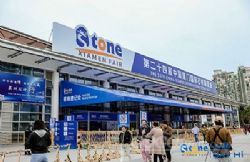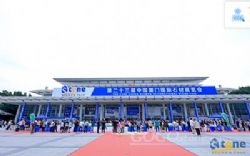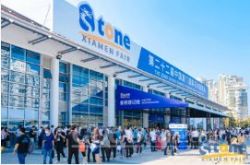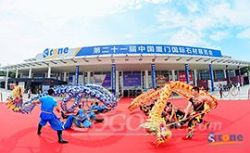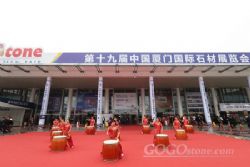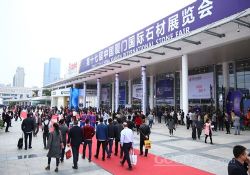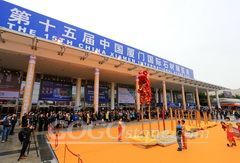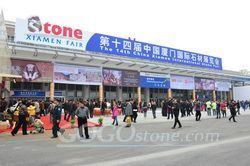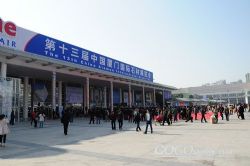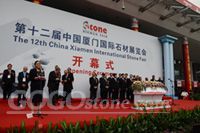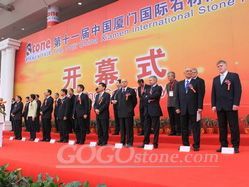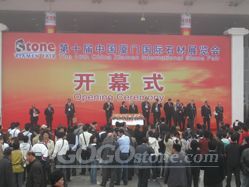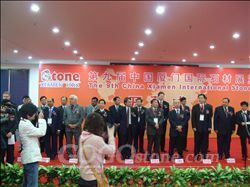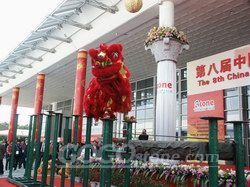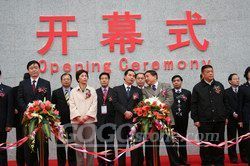Location : Home > News > Knowledge
How local limestone was smoothed into slabs on the island of Öland for wealthy citizens’ houses around the Baltic Sea
( Date: 2024/9/2 11:04:46 )

In “scouring trips,“ the surfaces of the large tiles were worked using animal or wind power
Many hundreds of years ago, there was a flourishing natural stone sector on the Swedish island of Öland in the Baltic Sea, which supplied limestone for the countries around the inland sea. As quarries are rare south of the sea, which is because during the ice ages, glaciers from Scandinavia, which were up to 1000 m thick, had planed the land far into Central Europe (or also Northern America).
The population around the Baltic Sea had become wealthy early on trade, and so the rich wanted the limestone slabs from Öland for their houses to be as smooth as possible. In order to process the material for this, there were so-called scouring trips (Swedish: Skurvandringar) on the island.
There are two such historical stone processing plants near the town of Jordhamn: one powered by animals and one by wind power.

They are located right next to each other, and you need to use a bit of imagination to imagine the processes of the past.
The smoothing of the large slabs took place in several stages.
The extraction of the raw blocks in the quarry was men’s work. Then the women took over. They split the blocks and hammered away the largest bumps on the slabs.
These raw slabs were laid out in a circle. Oxen or horses pulled a barge with grinding stones over them like a clock hand.
It was probably the children’s job to constantly add sand as an abrasive and water.
Sources report 30 scouring circles on the coast not far from the quarries.
Windmills began to appear around 1850. The sailor and boat builder Olof Peter Nilsson (1825–1895) is named as the inventor of this technology.
The result was impressive: with a good wind, the stones of an entire ring could now be smoothed in a single day. Previously, it had taken about half a week.
The large tiles were shipped to the customers around the Baltic Sea.
The stone powder (“scouring clay”) that accrued at the ring was collected and used for building walls or repairing paths.
Until the 1930s, there were scouring tours on Öland. Then machines took over the work.
The grinding circle at Jordham was built in 1905 and has been owned by the Åkerbo local history association since 1947.
From: stone-ideas
Latest Resources
- Bookings open for Stone Show & Hard Surf...
- KBIS 2025 Registration Now Open
- Grout Selection
- Epiroc Expands to Better Assist Quarrier...
- How local limestone was smoothed into sl...
- Marmomac 2024 will focus on “the creativ...
- PINALEN® Elevates Cleaning Experien...
- MORE® Surface Care Makes the Inc. 5...
- Virginia Tile expands AO, Marazzi distri...
- Virginia Tile expands distribution of Am...
Previous Fair

